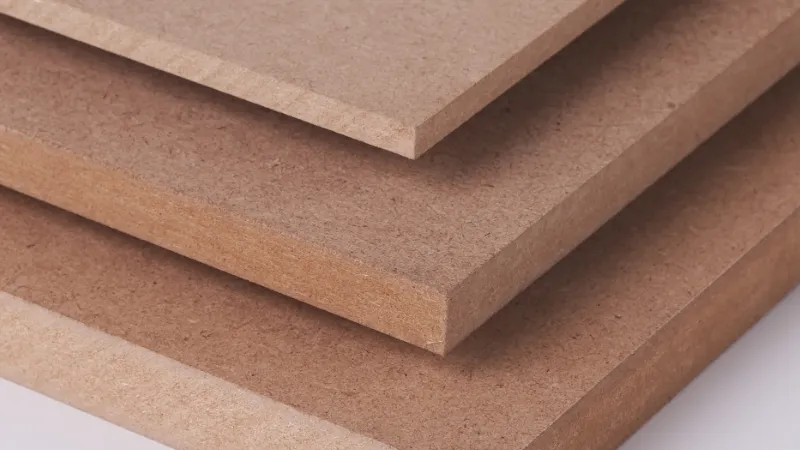Some of the real deals can be found in MDF board-made home furnishings when looking for wood flooring, furniture, or other items for the house. So what is MDF board?
MDF, which stands for “medium-density fiberboard,” looks like real wood cut straight from a tree, but is actually recycled pieces of wood pressed together with adhesive under conditions of high temperature and heat.
The advantages of MDF board go far beyond its low price. For starters, it often includes a veneer to give the appearance of a solid wood board and is stronger than particle board (which is made from compressed sawdust).
Continue reading for more information.
MDF Defined
MDF is composted of wood-mill byproducts, primarily sawdust and wood shavings, which are ground into a fine powder, dried to remove moisture, and then mixed with resins and wax before being pressed into flat, hard panels. MDF, in contrast to plywood, lacks the appearance of a wood grain and is a uniform light-brown color with no observable texture or pattern. In addition, MDF is smoother, denser, harder, and free of voids, knots, or splinters than plywood.
The majority of home improvement stores and lumberyards sell MDF in 4×8-foot sheets. sheets in two thicknesses: ½ in. ($26) and 3/4 in. ($28); ¼-in.-thick MDF ($7) is available, too, but typically only in 2×4-ft. panels. And note that moisture-resistant MDF and fire-resistant MDF are also available, although they’re harder to find and must typically be special ordered.
Let’s examine MDF’s advantages and disadvantages in more detail now.
Benefits of MDF Board
- MDF has a perfect flat surface, is very dense, and has a high degree of warp resistance. Moreover, it is reasonably priced.
- Its front and back surfaces are incredibly smooth, offering a painting surface that is almost ideal.
- Because MDF is composed of wood byproducts, you can cut, rout and drill it using standard woodworking tools.
- Compared to solid wood, it stretches and shrinks less.
- MDF parts can be fastened together with a wide variety of nails or screws, including pocket screws.
- MDF is a great substrate for plastic laminate or wood veneer.
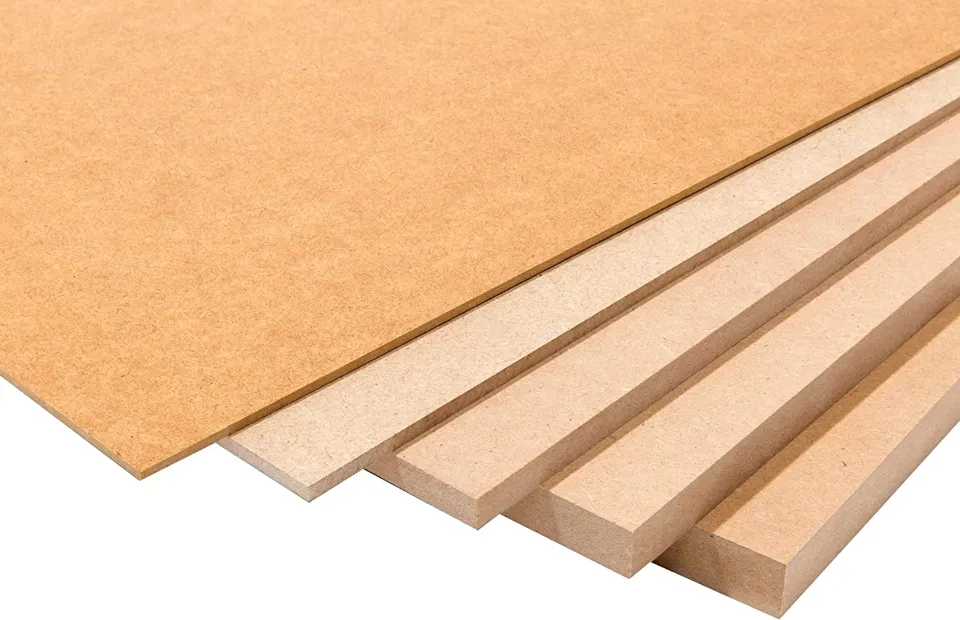
Drawbacks of MDF Board
- When moving or lifting MDF sheets, be mindful not to put too much strain on your back because it is much heavier than plywood.
- MDF sheets have extremely sharp edges that can cut into fingers. Protect your hands by wearing gloveswhen handling MDF.
- Nasal passages and the lungs can become irritated by the ultra-fine dust that is produced when cutting or routing MDF. Always wear a dust mask, or better yet, a dual-cartridge respiratorwhen working with MDF, and work outside or in a room with good ventilation.
- When using a pneumatic nail gunto fasten When nails are inserted into MDF, the surface will frequently pucker, leaving a small raised nib. Remove each protrusion with sandpaper or a sharp wood chisel.
- MDF’s exposed edges are susceptible to water absorption and high humidity, which results in swelling. To deter swelling, cover the MDF edges with wood veneer, plastic laminate, solid-wood edging, or two coats of polyurethane varnish.
- Wood stain cannot be applied to MDF.
- MDF panels may split if screws are driven into the edges. Be sure to drill a pilot hole first to prevent splitting.
How Medium Density Fiberboard (MDF) is Made?
In order to create extremely durable panels that can be used in a variety of ways in construction and furniture making, medium-density fiberboard (MDF) is made by mixing pulverized raw wood fibers with wax and resins. The mixture is then heated and compressed. Since MDF is made from pulverized wood fibers rather than thin layers of real wood, as is the case with plywood, it is similar to plywood and serves many of the same purposes, but the panels lack visible grain. When viewed from a distance, MDF panels will appear to be uniform in thickness rather than layered like plywood does.
Most commonly, MDF is sold in large sheets of various thicknesses that are used for many general construction purposes, but MDF is also found in special types and in products with different names:1
- Beadboard is a type of faux tongue-and-groove MDF construction. It is frequently used to create simple, affordable wainscot treatments and other wall paneling effects.
- Slatwall is a particular type of MDF panel that has deep-lipped grooves. These panels are frequently used for commercial display walls, specialized shelving, and storage systems.
- Extirais a particular brand of MDF that uses a special manufacturing process that allows it to be used in exterior applications. It possesses exceptional water, termite, and rot resistance traits.
- Moisture-resistant MDF makes use of special resins that make it a good choice in bathrooms, kitchens, and floors, where high humidity can cause standard MDF to swell.
- Fire-retardant MDF is often specified where construction needs to have extra fire resistance. It can be found in commercial structures the most frequently.
- Ultralite MDF weighs 1/3 less than standard Due to the frequent assembly and disassembly required in tradeshow booths or theater sets, MDF is frequently used in these applications.
- Bendy MDF is processed in a manner that allows the panels to readily curve. Architects often specify this material to create curved walls and trim.
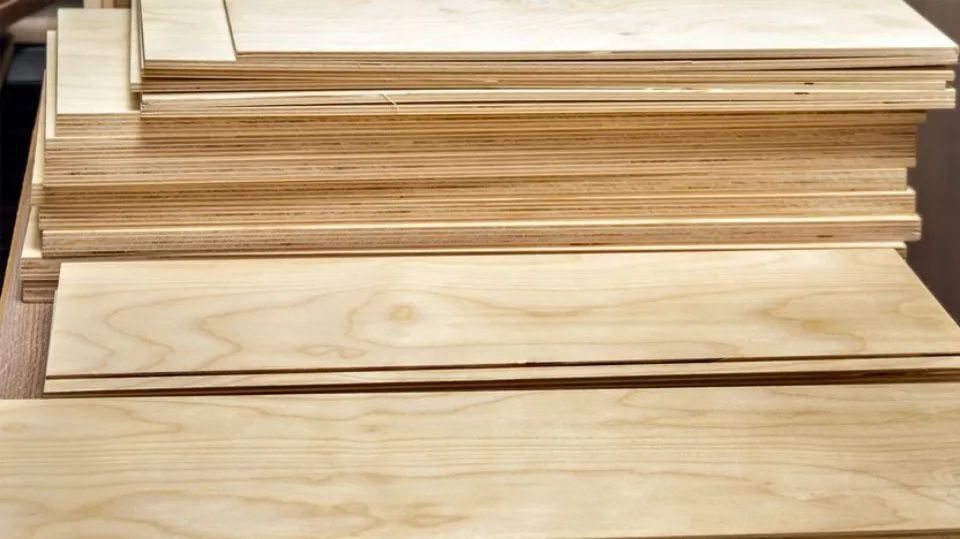
Uses for Medium-Density Fiberboard
MDF is an exceedingly versatile building material that is strong, durable, affordable, and consistent to work with. Among its many uses:
- Furniture
- Cabinets and shelves
- Flooring
- Decorative projects
- Speaker boxes
- Laminate countertops
- Wainscoting
- Doors and door frames
- Tradeshow booths and theater set construction
MDF, as a more affordable product, has replaced plywood in many applications, especially if the project or surface will be painted. The smooth surface, which paint adheres to so easily, also adheres well to wood and laminate veneers when they are applied. A great many furniture pieces that appear to be solid hardwood actually have core carcasses made from MDF, which is then covered with hardwood veneer. Cores made of MDF are used in the majority of laminate countertops. MDF only has two drawbacks: it is a heavy material and does not hold screws and nails as firmly as plywood. For instance, extra support may be needed at the joints of extremely large furniture pieces.
MDF Vs. Particleboard Vs. OSB (Oriented Strand Board)
Engineered sheet goods are a class of products used in the building and furniture industries. Examples include MDF, particleboard, and oriented strand board (OSB). They are often confused with one another, but they have quite different properties and are preferred for different uses.
- Medium-density fiberboard (MDF) is made from pulverized wood fibers blended with resins and pressed into sheets under temperature and pressure. These are extremely heavy and strong construction panels that can be used in many of the same ways as high-grade plywood. Due to its extremely smooth surface, MDF is a great material for painted or veneered furniture and cabinetry.
- Particleboard is made from sawdust and very tiny wood chips blended with resins pressed into sheets under temperature and pressure. The panels are less sturdy and lighter than MDF. The different particle sizes give particleboard panels a rough, irregular texture when viewed from the edge. When strength and appearance are not essential considerations, particleboard, an affordable building material, is frequently used in place of plywood or MDF. Low-density fiberboard is a different name for particleboard.
- Oriented strand boardis made from relatively small wood strands bonded together in horizontal layers with waterproof glues. Unlike MDF and particleboard, the individual wood pieces are clearly evident in OSB.2 Similar to how plywood is used, these panels are typically used for floor and roof sheathing. However, OSB generally lacks the strength of either MDF or plywood, and its rough texture makes it difficult to paint.
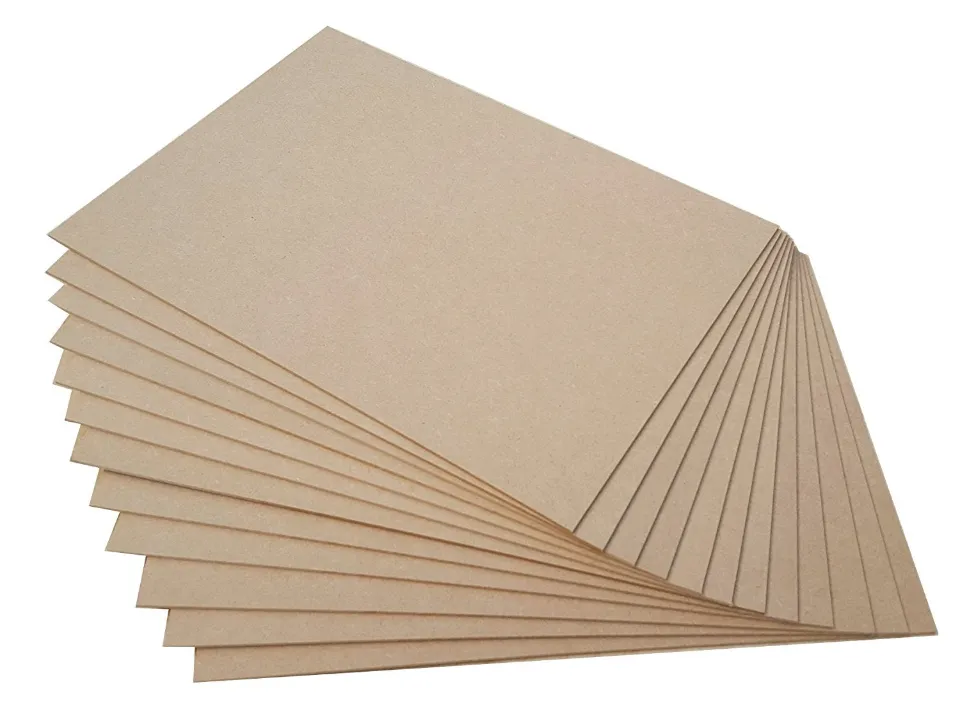
Health Issues With MDF Board
MDF board is raising some health concerns because it’s made with an adhesive containing urea-formaldehyde (or urea-methanal formaldehyde), which “off-gasses” into its surroundings. High levels of this formaldehyde have been linked to irritation of the skin, eyes, nose, and throat, according to one study from the Centers for Disease Control and Prevention. Worse yet, it estimates that high exposure levels could increase your lifetime risk of getting cancer, with an anticipated 6 to 30 extra cases for every 100,000 people per year.
The U.S. has banned MDF due to the health risks it poses. government passed the A maximum of 0.11 ppm (parts per millions) of formaldehyde is allowed in household products under the 2010 Formaldehyde Standards for Composite Wood Products Act. The formaldehyde standard in Europe is higher, at 0.07 parts per million, and the California Air Resources Board set its standard even higher, at 0.05 parts per million.
How to Tell If Your Furniture is Made from MDF?
MDF may look like real wood, but if you look closely enough, you can tell the difference. For instance, MDF may appear to have a natural grain but feel unusually smooth. If you also notice a repeating grain pattern, that is a clear sign that the MDF is fake. In order to facilitate joint assembly, real wood furniture frequently has a notched construction (see below); MDF does not.
In case you’re unsure, you can test the board using a DIY formaldehyde testing kit, which is readily available at many home improvement stores.
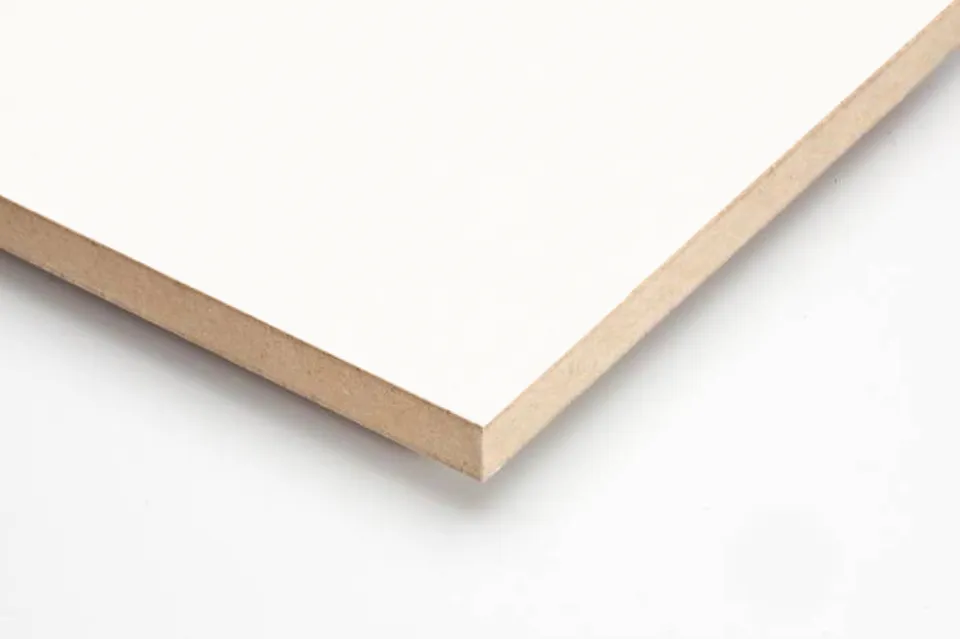
FAQs
Is MDF as Good as Wood?
Although MDF manufactured today tends to be a lot stronger than it was many years ago, its strength is still no comparison to solid wood. Solid wood has a high level of structural strength that MDF lacks because of its natural grain.
Is MDF Better Than Plywood?
MDF board would be the best option if you want a low budget and material for interior application. Plywood is your best choice if you need a material that can withstand moisture for an exterior application.
Does IKEA Use MDF?
While it’s true that IKEA makes extensive use of MDF—they are the biggest users of MDF worldwide—this by no means makes them unique among cabinet manufacturers, nearly all of whom use some form of engineered sheet products in the construction of the basic cabinet boxes.
How Long Does MDF Last?
The durability of MDF depends on the quality of the product. A low-quality MDF board might only last a year before degrading. On the other hand, high-quality MDF could last up to 10 years.
Summary: What is An MDF Board?
MDF, also known as medium density fiberboard, is a manufactured material made of wood fibers that have been combined with wax, resins, and other ingredients before being pressed into flat panels at high pressures and temperatures. Full MDF sheets are typically 4 x 8 feet and range in thickness from 1/4 to 1 inch. in size (actual size is 49 x 97 inches). It is employed in the construction of cabinets, furniture, and structures for both residential and commercial use.
If you have any questions, please leave a comment. My Prime Home tries to give you the best home improvement information. Don’t forget to share the post. Thank you for reading.
